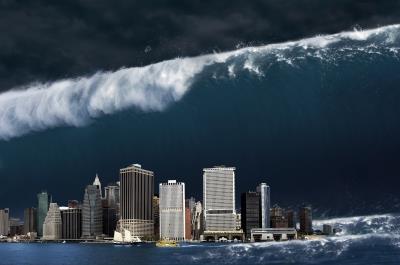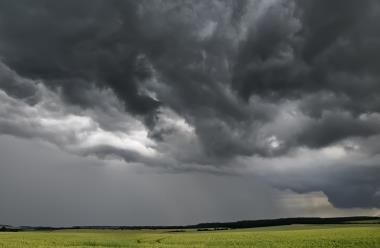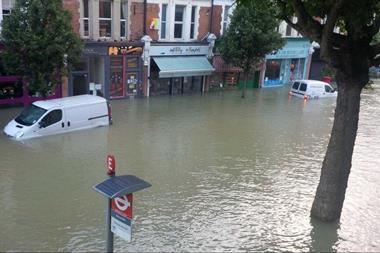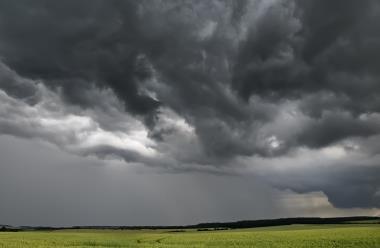Exposures to extreme weather are not being factored into valuations and assessments by creditors and investors at the cost of billions of dollars

Global financial systems currently fail to consider the risks posed by extreme weather, according to scientific research group Royal Society.
In its latest report, Resilience to Extreme Weather, the Society suggests that business surveys, economic forecasts and country briefings that guide investment decisions and credit ratings are typically based on the availability of skilled labour, access to export markets, political and economic stability and financial incentives but little or no consideration is given to disaster risks.
In response to the report’s findings, the Society calls for changes to global financial accounting and regulation to ensure that extreme weather risk is correctly accounted for. At present, it says these risks are not systematically factored into investors’ valuations or assessed by creditors.
Royal Society working group member Rowan Douglas said: “If two otherwise identical international companies have different resilience to extreme weather risks, that would affect their potential solvency or profit.
“For example, one has unprotected factories located in high-risk floodplains, then share price or valuation should be proportionately lower to reflect this higher financial risk. However, this rarely happens.
“As the frequency and severity of extreme events is increasing, the exposure of assets to risk grows. This brings an ever larger disconnect between material risk and asset valuation. Unless financial reforms are made to correct this disconnect, we will condemn ourselves to building vulnerable cities in the coming decades at the cost of millions of lost lives and livelihoods and billions of lost dollars, often across regions and communities that can least afford these catastrophic setbacks.”
The report recommends that public and private sector institutions should report their maximum probable annual losses owing to extreme events against their current assets and operations. This would effectively place a value on resilience and incentivise all capital owners, from homeowners to the largest multinationals, and even cities and countries, to build resilience.
Specifically, the Society suggests that an agreed spectrum of public and private institutions should report the following:
- a one in 100 (1%) risk per year: a stress test for a company’s current solvency that evaluates the maximum probable annual losses expected for events that occur, on average, once in every 100 years or have a 10% chance of occurring every decade;
- a one in 20 (5%) risk per year: a stress test for a company’s annual earnings; and
- annual average loss: a standardised metric for a company’s exposure to extreme events.




















No comments yet